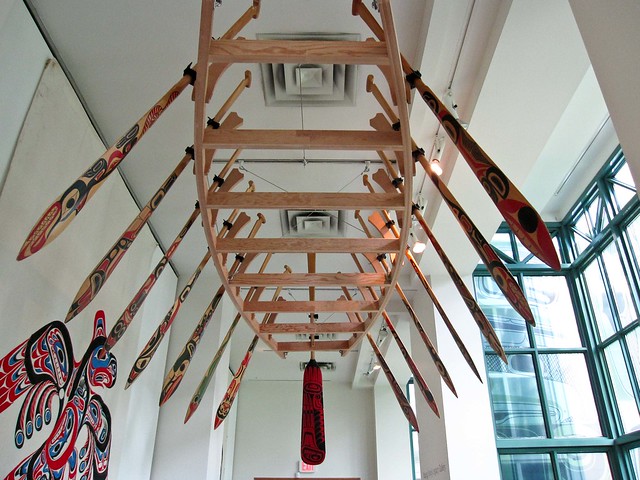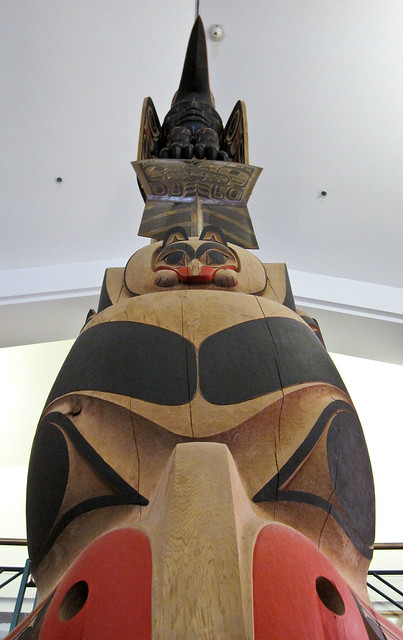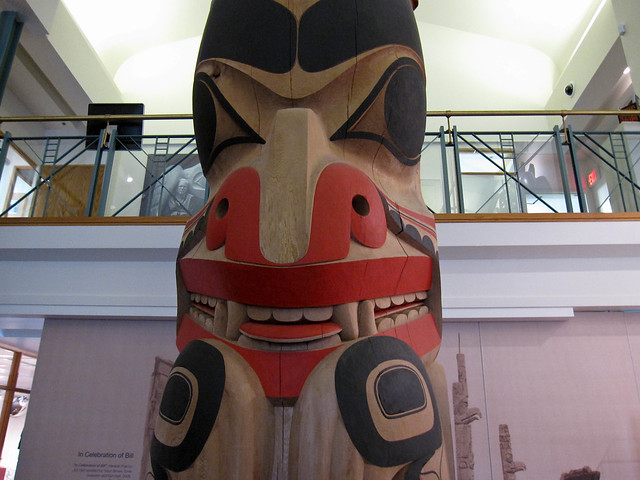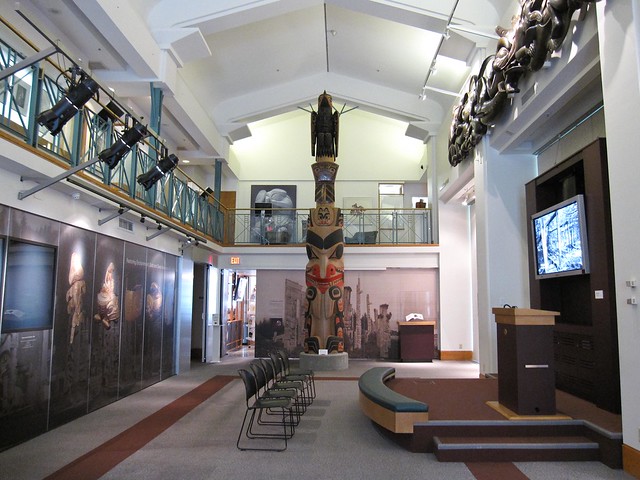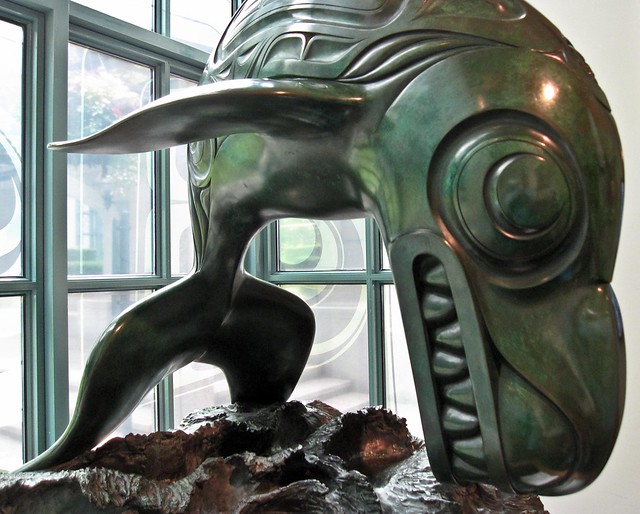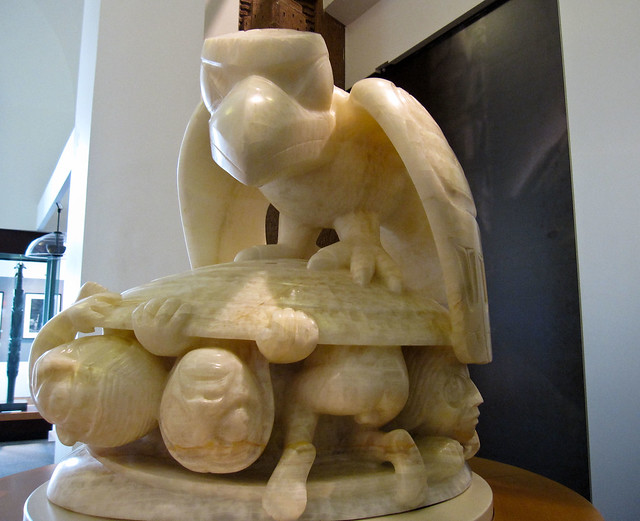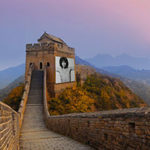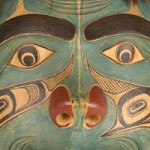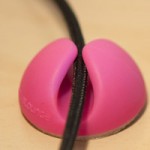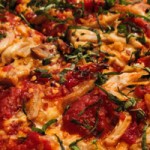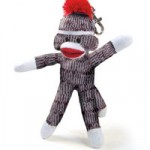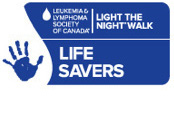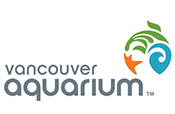“When I work, I try my best to get inside a traditional artist’s skin, an old-time artist, and do what he would have done with the benefit of modern technology. – Bill Reid, 1986”
Earlier this week, I visited the Bill Reid Gallery of Northwest Coast Art in downtown Vancouver. The museum opened just over two years ago. A tucked-away location off of Homer Street reveals a well-lit space for showcasing Reid’s works. You’ll find everything from his gold and silver jewellery to the full-scale Celebration of Bill Reid Pole, carved by James Hart, a Haida Gwaii artist.
I was particularly fascinated by this floor to ceiling (6.7 metres tall) masterpiece, conceived by Hart in order to “celebrate the artistic leadership provided to him and many other indigenous artists by Bill Reid.”
Hart collaborated with Reid on several projects in the 1980’s, including Killer Whale, also on display here.
Reid’s creative career can be categorized into three distinct periods: Pre-Haida, Haida, and Post-Haida.
The Pre-Haida period came in 1948, while Reid was a CBC broadcaster in Toronto. He attended a jewellery making program at Ryerson Institute of Technology, with the goal of creating bracelets like the ones his Haida relatives had made. He later moved to London as an apprentice in platinum and diamonds, where he also mastered gold smithing.
Reid would regularly visit the Royal Ontario Museum to see the Tanu pole, a creation from his grandmother’s village, setting the stage for his eventual return to the West coast. With regard to Haida convention, Reid is self-taught. He copied old designs from book illustrations and museum pieces to further his education. He visited Haida Gwaii in the mid-50’s where deep carving caught his attention.
During the Post-Haida period, Reid returned from London to study lost wax casting, settling in Montreal. During this time, he completed gorgeous gold pieces (40 of which are on display at the gallery), the iconic boxwood Raven and the First Men. He was soon diagnosed with Parkinson’s disease and returned to Vancouver in the early 70’s where he lived until his passing in 1998. In all, he created over 1,500 works, wearing many hats throughout his life: broadcaster, writer, poet, artist, storyteller and communicator.
One of his biggest legacies has been to build lasting relationships between First Nations and other peoples. I highly recommend visiting this museum as a complement to the larger collection of native art on display at UBC Anthropology Museum’s Great Hall.
Bill Reid Gallery of Northwest Coast Art is located 639 Hornby Street (near Dunsmuir) in Vancouver.
